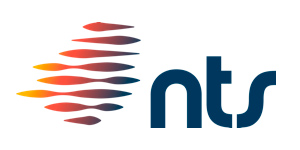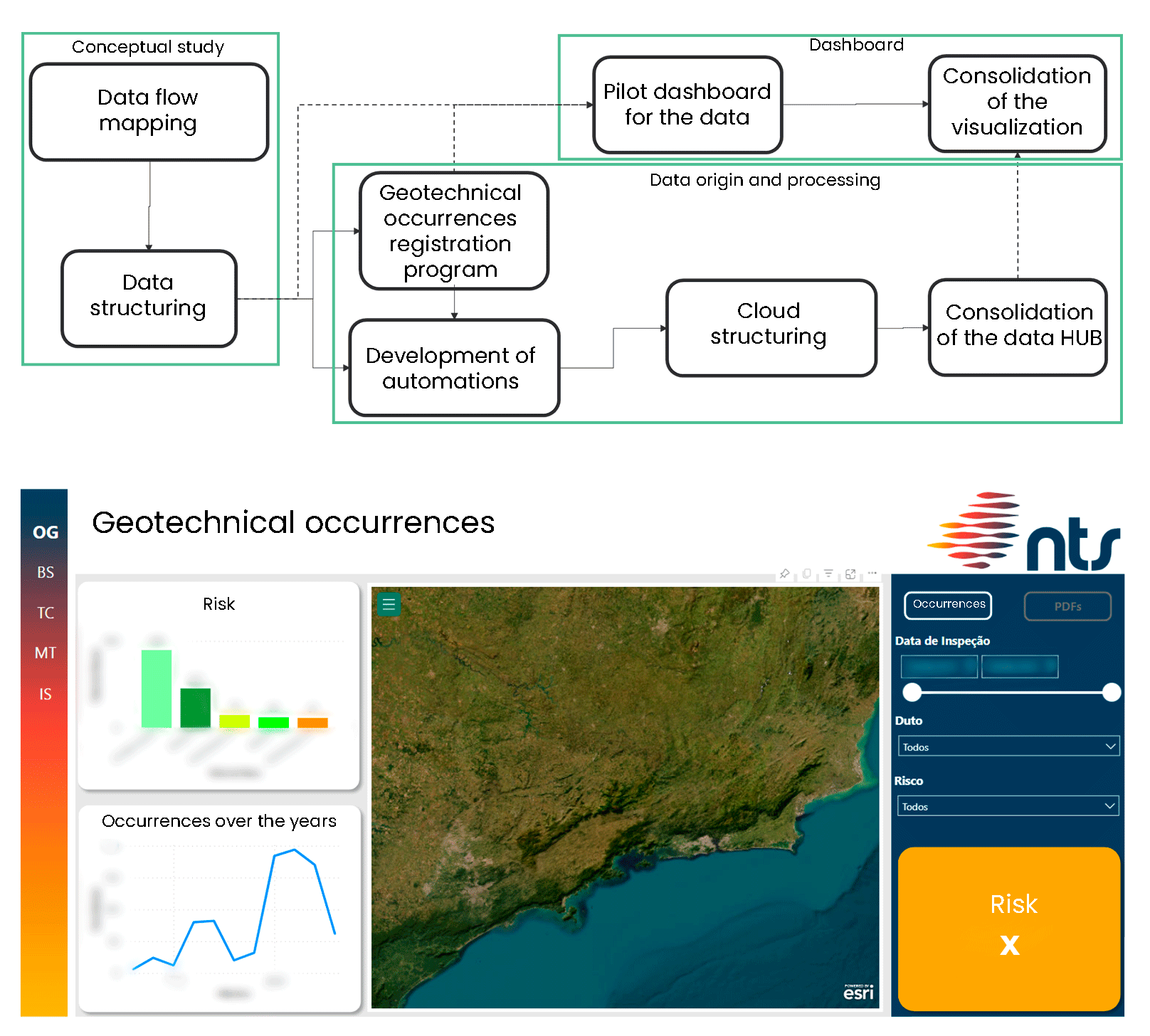
50% Cost reduction by switching from ServiceNow to Freshservice

Scaling Agile Transformation at Allos

50% Cost reduction by switching from ServiceNow to Freshservice

Scaling Agile Transformation at Allos
Reduction of geotechnical risks through advanced data analysis at NTS
A single avoided incident, thanks to predictive analytical models, prevented the loss of hundreds of thousands of reais
Explore the content:
The new analytical models reduced the time required to analyze potential incidents, resulting in decreased operational risks and mitigation of potential revenue losses.
The challenge
The Geotechnics Department at NTS analyzes, prevents, and addresses risks related to geotechnical occurrences. To achieve this, the team conducts continuous assessments along more than 2,000 kilometers, prioritizing actions based on the level of risk involved.
However, the department relied on multiple data sources and dispersed, unintegrated platforms to perform its analyses, which made decision-making slow and inefficient.
The challenge was to develop a solution where all data could be stored in a single location, enabling faster and more accurate analysis. Additionally, it was necessary to design a method to organize and structure the data in a way that would reduce the complexity of issues and contribute to crafting the final solution.
Our method
Step 1 - Cloud solution
Step 2 - Data mapping and organization
Step 3 - Time to automate
Step 4 - Data visualization and monitoring
Technologies used in this project




Achieved results
With a Data Hub solution for the Geotechnical department, we helped NTS achieve immediate improvements in a critical process of its operation. Our Squad quickly identified the issues causing inefficient and slow analysis, and implemented a robust, scalable cloud solution with excellent cost-effectiveness, filling technical analysis gaps in just 3 months.
Drive your business forward with Bridge & Co.


